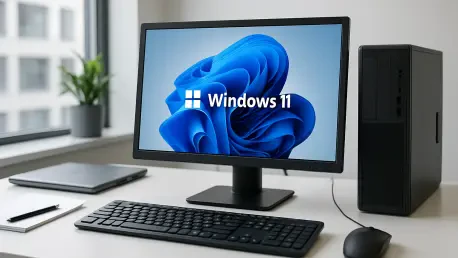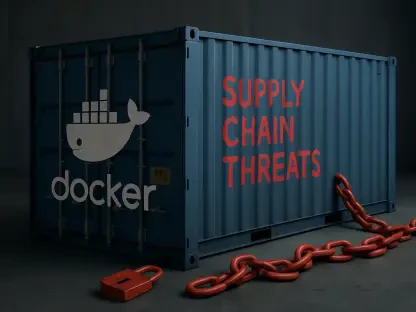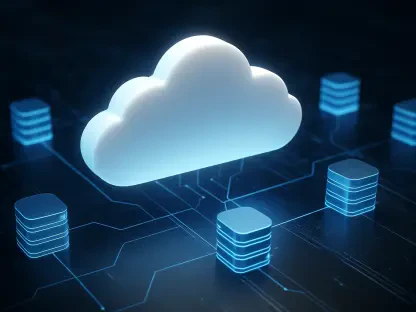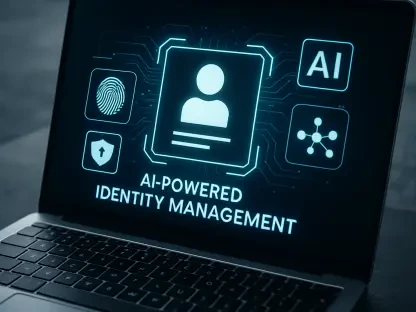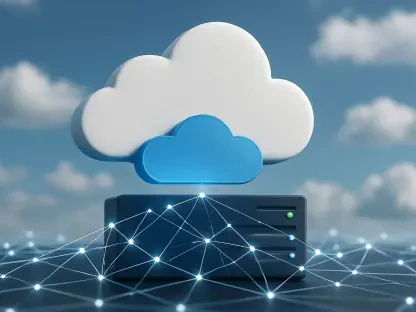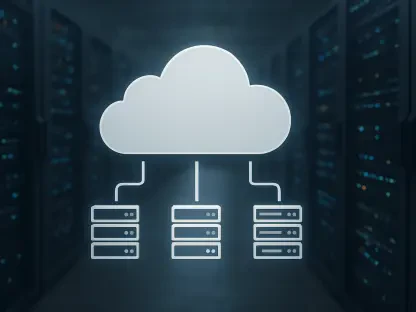Welcome to an insightful conversation on the pressing challenges and opportunities surrounding the Windows 11 migration. Today, we’re joined by Maryanne Baines, a renowned authority in cloud technology with extensive experience evaluating tech stacks and product applications across various industries. With her deep understanding of IT strategies, Maryanne is here to guide us through the complexities of transitioning from Windows 10, the role of resellers in this process, and the emerging trends in hardware like AI PCs. In this interview, we’ll explore why many businesses are hesitant to upgrade, the risks of delaying the transition, the viability of temporary solutions, and the strategic considerations for adopting new technologies.
What drives the reluctance of so many businesses to upgrade from Windows 10, even with the end of support looming on October 14, 2025?
I think the hesitation largely stems from a mix of practical and psychological barriers. Many businesses are comfortable with Windows 10—it’s familiar, stable, and their current systems are built around it. Upgrading often means facing potential compatibility issues with legacy software, which can disrupt operations. Cost is another huge factor; not every company has the budget to refresh hardware or train staff on a new system. I’ve noticed smaller businesses and certain industries like manufacturing or healthcare, where specialized software is critical, tend to be more cautious. They often prioritize continuity over change, even if it means risking security down the line.
How significant are the dangers of continuing to use Windows 10 after support ends, and what might businesses face as a result?
The risks are very real and can’t be overstated. Once support ends, there are no more security patches or updates, leaving systems wide open to cyberattacks. A single vulnerability could lead to data breaches, ransomware, or system downtime, which directly impacts operations. Beyond that, there’s reputational damage—customers lose trust if a company can’t protect their data. Financially, the costs of recovery, legal fees, or fines for non-compliance can be staggering. It’s not just about IT; it’s about the survival of the business in a world where cyber threats are constant.
For companies not ready to jump to Windows 11, how can Microsoft’s Extended Security Updates serve as a bridge, and what are the trade-offs?
Extended Security Updates are a lifeline for businesses needing more time. They provide critical security patches post-support, which helps maintain a baseline of protection against emerging threats. It’s a good stopgap for planning a full transition without immediate exposure. However, it’s not a long-term fix. The cost of these updates can add up, and they don’t include feature updates or full technical support. Relying on this too long can also delay inevitable investments in modern systems, potentially leaving a company lagging behind competitors who’ve already adapted.
When guiding businesses toward new devices with Windows 11 pre-installed, how do you weigh the decision between AI PCs and non-AI PCs?
It really depends on the company’s needs and future goals. AI PCs, with their advanced processing units, are ideal for businesses in fields like data analytics, creative design, or tech development, where tasks like machine learning or real-time rendering can benefit from enhanced performance. For many others, though, non-AI PCs are more than sufficient and come at a lower cost. I always start by asking what specific workloads they anticipate and whether they’re positioned to leverage AI tools now or soon. It’s about aligning the tech with their roadmap, not just chasing the latest trend.
There’s a lot of excitement around AI PCs, but sometimes the reality doesn’t match the hype. What’s your perspective on their current value and limitations?
I agree there’s a disconnect between the buzz and practical application right now. AI PCs promise incredible efficiency and capabilities, but the software ecosystem isn’t fully mature yet. Many businesses find that the actual use cases—beyond niche scenarios—are limited, and the high price tag doesn’t always justify the investment. Compatibility issues, especially with ARM-based systems needing emulation for certain apps, can also slow things down. That said, I believe we’re on the cusp of seeing more robust AI-driven applications emerge, which could make these devices indispensable in a couple of years. It’s just early days.
For companies with older hardware, how practical is it to upgrade existing systems to meet Windows 11 requirements rather than buying new devices?
Upgrading existing hardware can be a smart, cost-effective move for many businesses. Adding more memory or switching to SSD storage can often bring older devices up to the spec needed for Windows 11, extending their lifespan and delaying a full hardware refresh. It’s particularly feasible for companies with tight budgets or those wanting to wait for AI PC technology to mature. The challenge is ensuring the upgrades are done correctly and that the hardware isn’t too outdated to begin with—otherwise, performance might still lag. It’s a balancing act, but with the right guidance, it can work well as a transitional strategy.
What is your forecast for the evolution of AI PCs and their role in business IT strategies over the next few years?
I’m optimistic about AI PCs, though I think the real transformation is still a few years out. As software developers catch up and create more applications that leverage the unique capabilities of AI hardware—like neural processing units—we’ll see these devices become central to business productivity, especially in areas like automation and data processing. I expect costs to come down as adoption grows, making them accessible to smaller firms. My forecast is that by 2027 or 2028, AI PCs will be the standard for most new purchases, much like SSDs became the norm over traditional hard drives. The key for businesses now is to stay informed and plan strategically for that shift.
